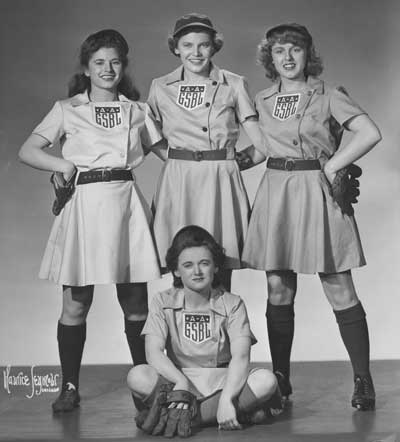Women in Baseball Wednesday Rules of Conduct
THE RULES OF CONDUCT FOR PLAYERS AS SET UP BY THE ALL-AMERICAN GIRLS PROFESSIONAL BASEBALL LEAGUE THE MANAGEMENT SETS A HIGH STANDARD FOR THE GIRLS SELECTED FOR THE DIFFERENT CLUBS AND EXPECTS THEM TO LIVE UP TO THE CODE OF CONDUCT WHICH RECOGNIZES THAT STANDARD. THERE ARE GENERAL REGULATIONS NECESSARY AS A MEANS OF…







